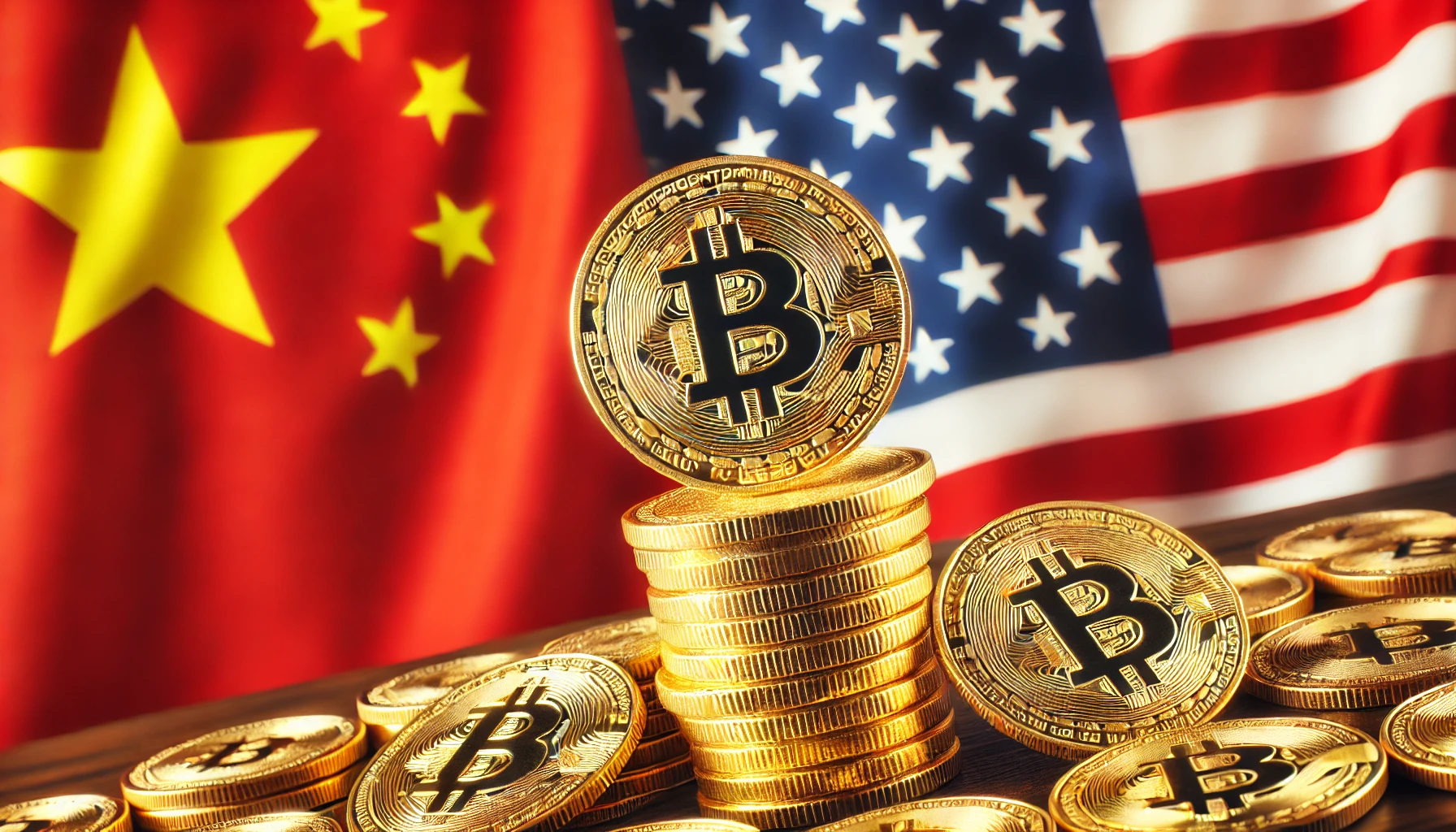Points
- Shiba Inu (SHIB) and Terra Classic (LUNC) ecosystems are known for their token burns.
- Computer engineer Charu Bey believes only LUNC might reach the $0.01 target.
- Shiba Inu’s burn mechanism shows little change with a high circulating supply of 589 trillion tokens.
- LUNC benefits from Binance’s support, which has burned nearly 62 billion LUNC tokens.
- Shiba Inu’s slow burn rate and high circulating supply make its $0.01 target challenging.
The Shiba Inu (SHIB) and Terra Classic (LUNC) ecosystems are renowned for their token burns, strategies aimed at boosting the value of these cryptocurrencies by reducing their supply. A notable insight has emerged from computer engineer Charu Bey, who shared his perspective on which of these tokens is more likely to achieve the coveted price of $0.01.
Charu Bey suggested in a recent X (formerly Twitter) post that LUNC stands a better chance of hitting the $0.01 mark through its burn mechanism. He emphasized that this price target is “not a dream for LUNC,” indicating a realistic potential, albeit with a disclaimer that his statement should not be taken as financial advice. Bey expressed disappointment for Shiba Inu, noting that despite its burn mechanism, SHIB still has a massive circulating supply of 589 trillion tokens, which hampers significant price movement.
LUNC, on the other hand, has an additional boost from Binance, the world’s largest crypto exchange by market cap. Binance has committed to burning trading fees earned from LUNC transactions monthly, significantly aiding the burn process. According to LUNC Metrics, Binance has burned almost 62 billion LUNC tokens, accounting for nearly 48.9% of the total tokens burned so far.
In contrast, Shiba Inu has primarily relied on its layer-2 network, Shibarium, for burning tokens. However, the activity on Shibarium has slowed down at times, resulting in a decreased rate of SHIB burns.
To achieve the $0.01 price target, Shiba Inu’s burn tracker indicates that its circulating supply must drop to around 126 trillion, requiring approximately 78.52% of the current supply to be burned. This daunting task has led some experts, like crypto YouTuber Jeff, to deem it nearly impossible within a reasonable timeframe, suggesting it could take about 1.1 million years to burn 100 billion tokens at the current rate.
Crypto analyst Oscar Ramos has also weighed in, stating that while Shiba Inu could potentially reach $0.01, he doubts it could go beyond this level due to its high circulating supply. His views align with a prediction from the price prediction website Telegaon, which forecasts Shiba Inu reaching $0.5 by 2040, though many in the community remain skeptical.
Despite these challenges, the dedicated Shiba Inu community continues to hope for significant burns to drive up the token’s value. However, the slow progress and immense supply suggest that reaching the $0.01 milestone remains a formidable challenge.
解説
- The significant difference in the burn mechanisms between Shiba Inu and LUNC lies in their external support and community engagement. Binance’s active involvement in LUNC’s burn process provides a substantial advantage that Shiba Inu currently lacks.
- The circulating supply of a cryptocurrency is a critical factor in its price movement. With Shiba Inu’s enormous supply, the token burns need to be more aggressive and frequent to make a noticeable impact on the price.
- The concept of token burns is akin to a company buying back its shares, reducing the available supply to potentially increase the value of remaining tokens. However, the effectiveness of this strategy heavily depends on the scale and consistency of the burns.
